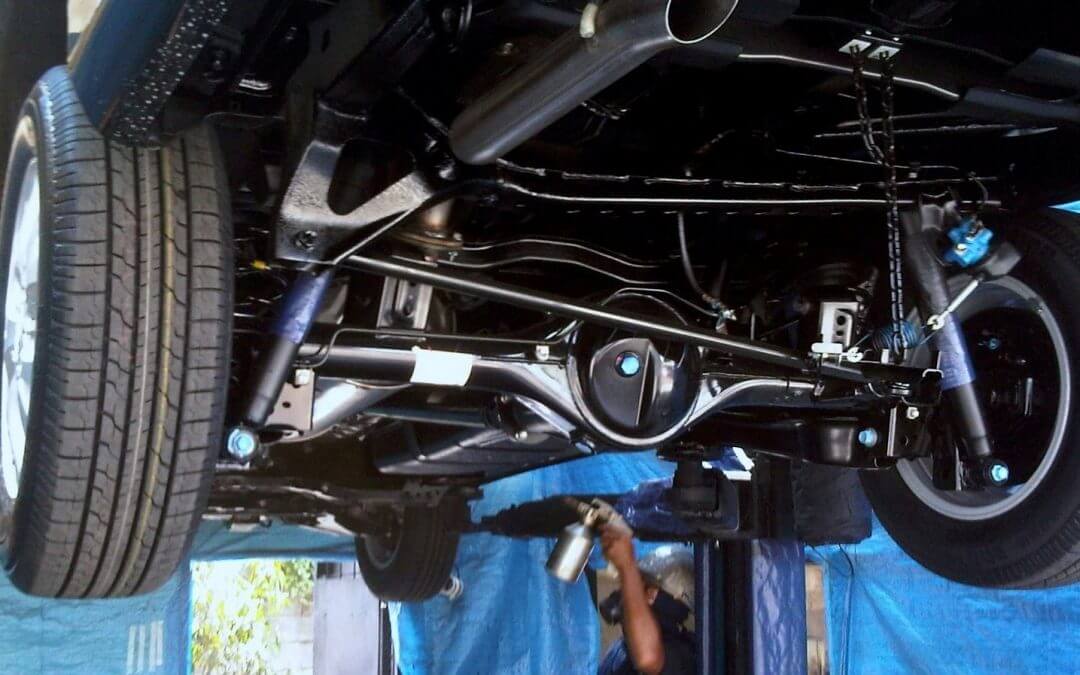There is no denying that rust protection is crucial for any car owner that wants to protect their hard-earned investment.
What is Rust, and What Can It Do?
For most car owners, rust is the last thing they want to encounter since it makes their cars unsightly. However, if not dealt with, rust can cause far more damage than ruin the look of your car. Rust occurs when iron combines with air and water in a process known as oxidization. Usually, road dirt and grime on the exterior can speed up this process since they eat away the paint job.
Also, as we say goodbye to winter, de-icing chemicals like road salt are used to eliminate snow and ice on the road. Unfortunately, this can promote rusting, especially when combined with high humidity. Salt gets into the joints and panels of the car’s body panels, causing corrosion on the metal.
Rust can become a problem when it comes into contact with any metal structure in your vehicle, including trunks, brakes, exhaust system mounts, and more. For this reason, rust-proofing your car is very critical.
Types of Rust Proofing
Quality rust protection can protect the structural integrity of a car’s metal components. Rust protection specialists use different methods of rust proofing to protect vehicles from rust. Here are some of the most common methods used.
- Electronic Method
This is the latest rust-proofing technology where a small device known as an electronic module is installed in your car. The device then sends a weak electric current through to avert the corroding effects of the rust.
- Undercoating
A tar-based substance is sprayed on a vehicle’s underbody in this method. The tar-based substance acts as a barrier against salt, moisture, and other substances. However, it requires professional installation to prevent cracking as this can allow moisture in.
- Dripless Oil Spray
This is a wax-like and less watery substance applied to the car’s body to help prevent rust. For an effective application, you will need to drill holes in the car’s parts so that the oil can get into all the areas you intend.
This is something that not all car owners will appreciate. Another downside of this rust-proofing method is that it may not get into all areas due to its high viscosity. The dripping hardens after drying.
- Drip-Oil Spray
Experts highly recommend this rust-protection method since it reaches more car parts than the dripless oil spray. After application, the drip oil will continue to drip until dry, which can last up to 48 hours. However, like the dripless oil spray, this method requires you to drill holes in specific parts of your car to make it effective.
To protect your investment, it’s always a good idea to get your vehicle checked for rust.
Contact us to know more about which rust proofing options are right for you.


